Years ago, the definition of macro photography was easy – when the image on 35mm film was at least as large as the subject, it was considered a macro photograph. The magnification ratio of the image on the film to the subject was 1:1.
For example: If you photograph a fly with the lens set with a magnification of 1:1, then have the film developed, the image of the fly on the film will be life size.
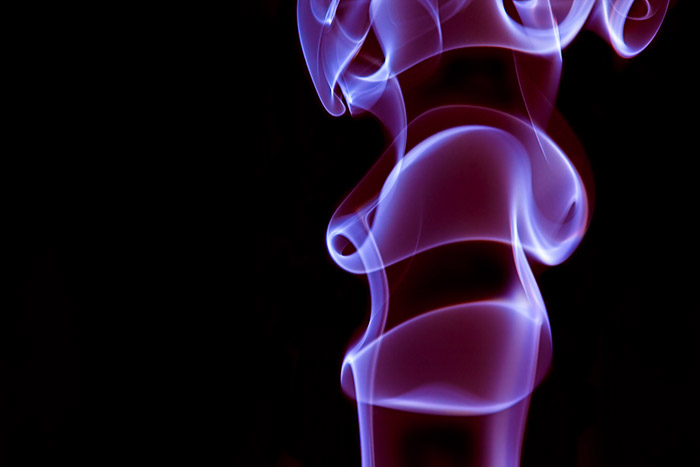
Before we visit the subject of close up flower photography and photographing bugs , let’s take a closer look at what macro photography is and how you create those images.

© 2012 Brad Sharp. All rights reserved.
This is a good example of being able to see in a photo what you normally don’t see in real life – the fly sucking a drop of blood (chicken) from the counter.
(I know – gross!)
Today there are many definitions of what constitutes macro photography:
“Macro photography is extreme close-up photography, usually of very small subjects, in which the size of the subject in the photograph is greater than life size.” (Ref. 1.)
“Macro photograph is one in which the size of the subject on the negative or image sensor is life size or greater.” (Ref. 1.)
“Macro photography is taking extremely close-up images of subjects. The technically correct definition would be to take an image at a 1:1 ratio.” (Ref. 2.)
“The classical definition is photography in which the image on film is at least as large as the subject.” (Ref. 3.)
“In recent years, the term macro has come to mean being able to focus on a subject close enough so that when a standard 102×152 mm (4×6 inch) print is made, the image is life-size or larger.” (Ref. 3.)
In my opinion, most photographers consider the last definition most accurate… the image is life size on a 4×6 inch print.
While some small-sensor digital cameras can produce images that can be considered macro, they will have a lower reproduction value, which in my opinion defeats the purpose of creating an extreme close-up image of fine detail and focus. To get the best macro images, you will need to use special lenses and/or accessories.
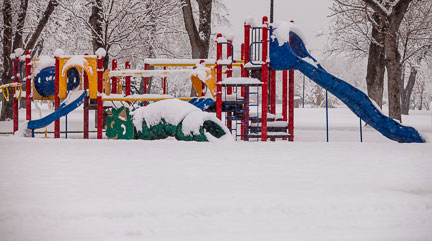
Macro Lenses:
” ‘Macro’ lenses specifically designed for close-up work, with a long barrel for close focusing and optimized for high reproduction ratios, are one of the most common tools for macro photography. (Unlike most other lens makers, Nikon designates its macro lenses as “Micro” because of their original use in making microform.) Most modern macro lenses can focus continuously to infinity as well and can provide excellent optical quality for normal photography.” 1.
While these lenses are made for macros, they can focus to infinity, so it does not mean that every image you take with this lens will be a macro image. This really helps to make the true macro lens more useful to the average photographer, since it can also be used as a normal lens.
It’s just like adding another lens to your photographic arsenal. The larger macro lenses, such as a 180mm lens, are very versatile and also let you utilize them in the same way one would use a normal lens.
Let’s take a look at what a 180 mm macro lens can do for you.

© 2012 Brad Sharp. All rights reserved.
For this image I did not have to back up. Here I used the macro lens to bring the subject closer to me – the subject appears much closer with a 180mm macro than if I had used a regular zoom lens at 180mm. Looks like someone needs some dental work!
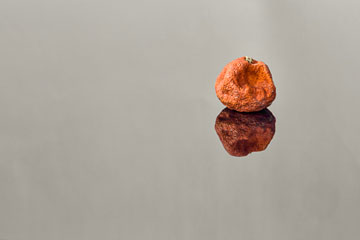
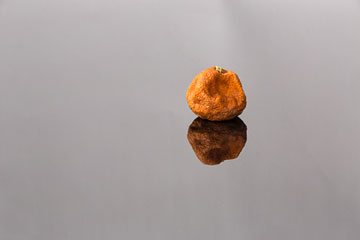
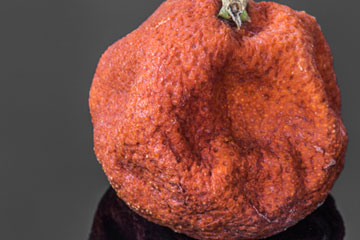
In short, with the advancement in digital cameras and lenses, zoom lenses, extenders, extension tubes, and close-up lenses can also be used to create or enhance macro images. For more information on camera basics and techniques in photography, see the following articles from the Apogee Photo Magazine Technique and How-to archives – an entire series of articles by Brad called “How to Get ‘Tack Sharp’ Images…..”
Beyond Flowers and Little Critters:
Search any browser for macro photography images and you will see that 99% of the images are photos of either flowers or insects. Why – because they are interesting and fascinating. Macro photography brings these subjects up close and personal so that we can see the fine beauty and detail in the little things found in nature that we often overlook. It gives us a different perspective on the life that surrounds us.
Now it’s time to think outside of the box! There is a whole big world out there just waiting for you and your camera. Any object, or part of any object, can be used for macro photography. A good subject for a macro image is one that has small details, textures, and colors that are not normally noticed with just a casual observation.
Now it’s time to look for and “see” objects up-close and very personal. Keep your eyes on the lookout for every detail of your subject.
Here are a few subjects other than flowers and insects that I found interesting.

© 2012 Brad Sharp. All rights reserved.
Look for interesting textures is common subjects. This is a pumpkin that was left outside after Halloween.
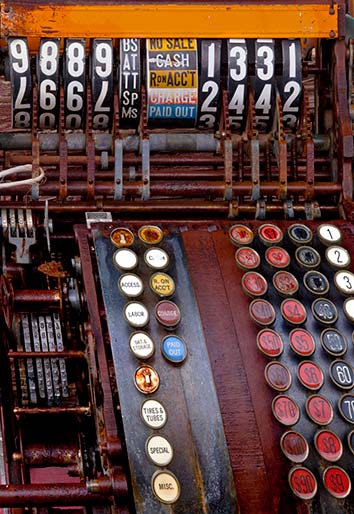
© 2013 Brad Sharp. All rights reserved.
Antique Cash Register – great lines here.

© 2013 Brad Sharp. All rights reserved.
Rusty Gear – earthy colors, shapes and textures.
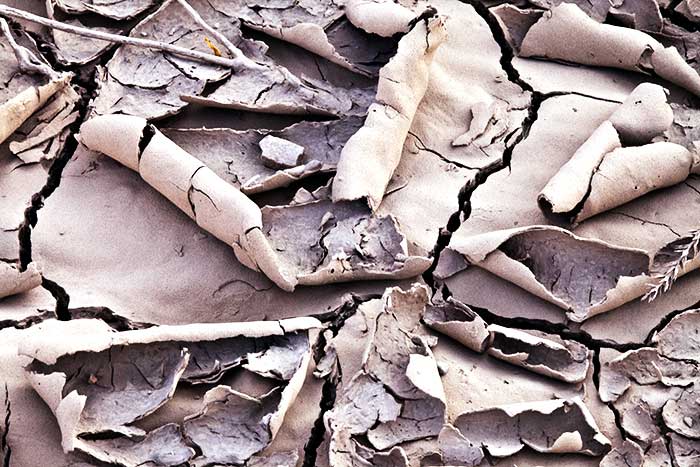
© 2012 Brad Sharp. All rights reserved.
Mud! Now here’s a fun and fascinating subject with monochromatic colors, great textures, shapes and forms.

© 2013 Brad Sharp. All rights reserved.
Look for those common, everyday objects that may seem mundane until you start looking closely through your macro lens. Capturing the details can make for great images.

© 2013 Brad Sharp. All rights reserved.
Eyes make for wonderful macro images.
Be sure to try to capture the emotions. My dog is probably thinking, “Enough with the camera, I’m trying to sleep!”
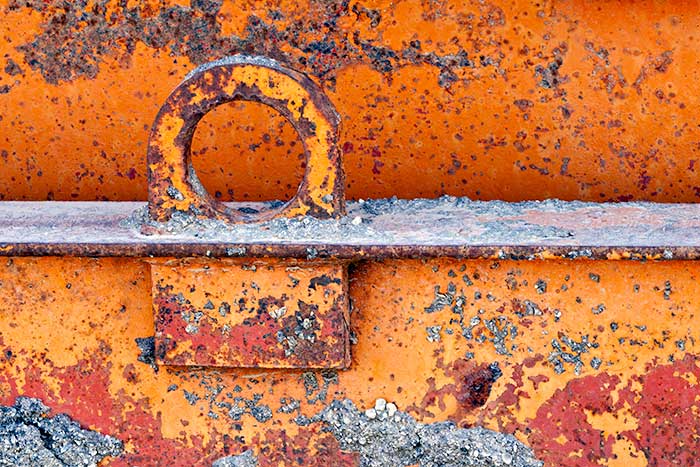
© 2012 Brad Sharp. All rights reserved.
Found in an empty field, this abandoned tie down loop on a metal beam offers the opportunity to create an image with rich shades of orange and interesting textures and patterns in the rust.
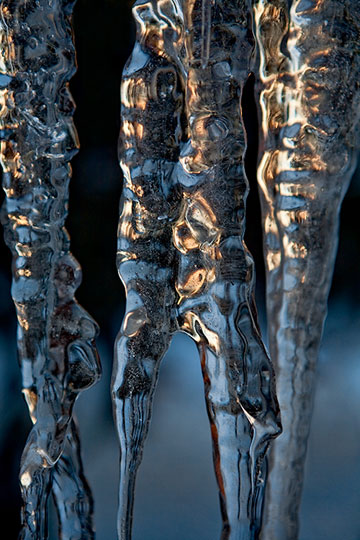
© 2013 Brad Sharp. All rights reserved.
There is a huge array of subjects that can be used for macro images. All you have to do is keep an eye out for the small details. You don’t need a lot of equipment. Most people start out with just a couple of extension tubes. Attached to a zoom lens they are quite effective in helping you create quality macro images. This comes with a warning though: the more macro images you create, the more you will want to photograph. And the more images you want to photograph, the more equipment you will want to buy. So be careful out there, and make some great photos of the little things in life.
References to Meaning of Macro Photography:
Frozen water makes for wonderful macro photos. It can create all different shapes and forms and the colors will be determined by the surrounding objects and backgrounds and light source.
by Brad Sharp
All text and photos: © 2013 Brad Sharp. All rights reserved.

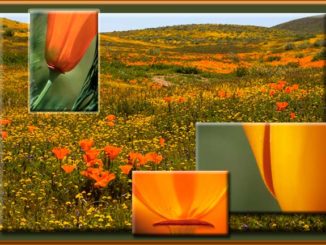
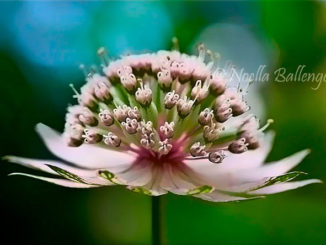
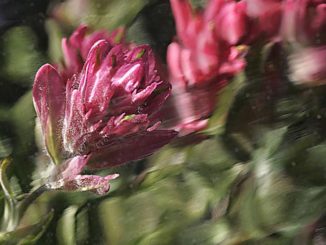
Leave a Reply